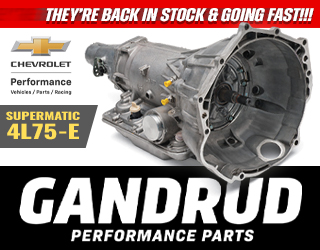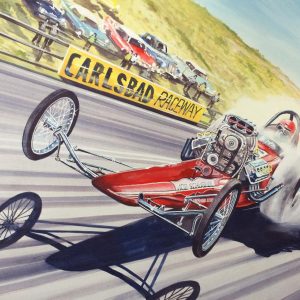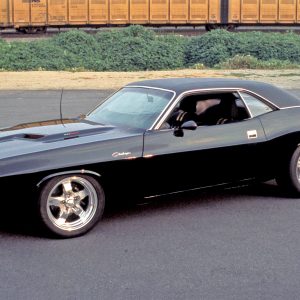Chassis
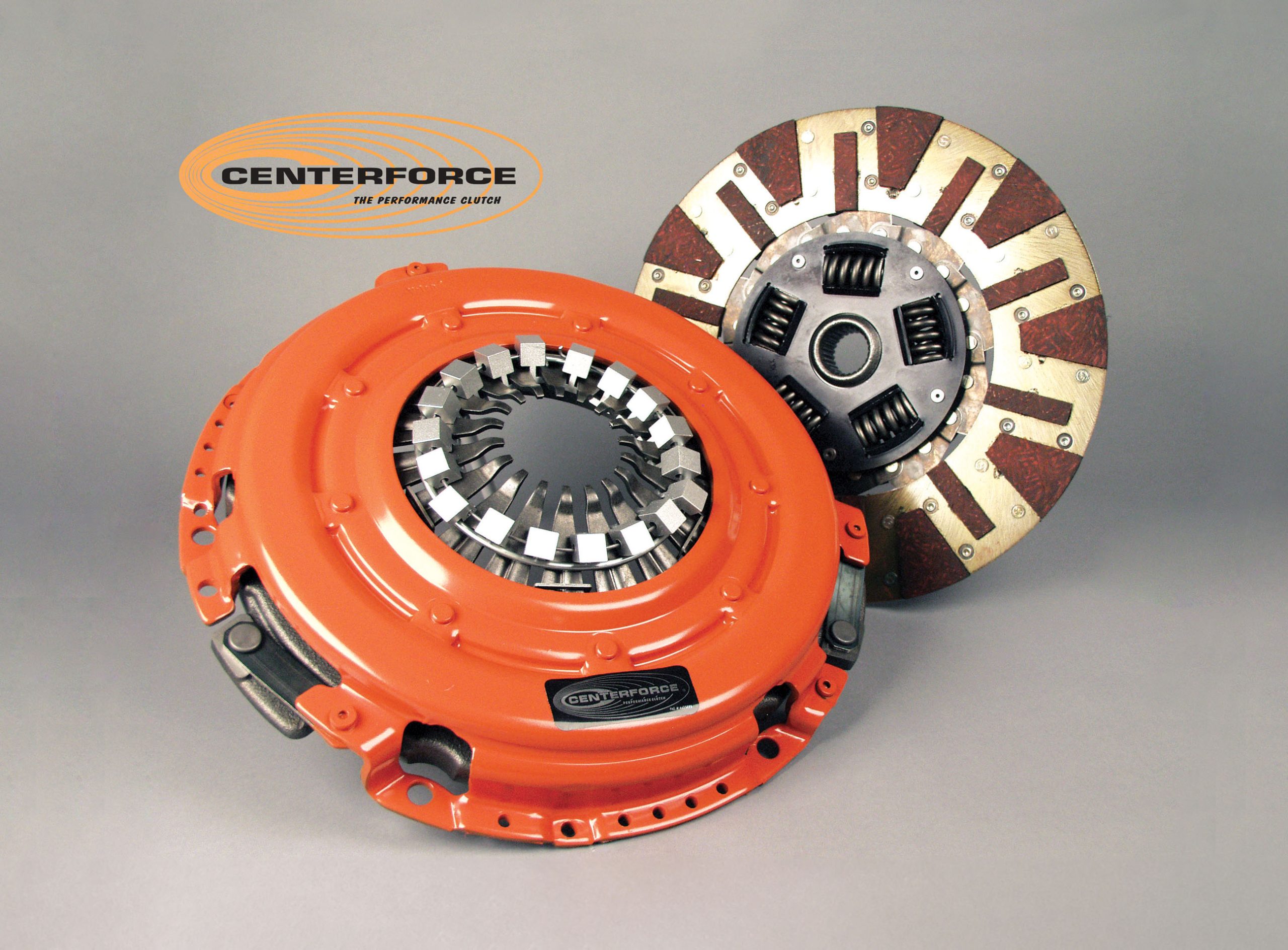
When it comes to enhancing the performance and reliability of performance cars, it seems as if enough is never enough, regardless of the vehicle, drivetrain or chassis. Then again, when you consider the problems that often cripple our cars despite the inherent strengths or improvements upon them, it’s often the driver that has the most detrimental effect on everything above the pavement.
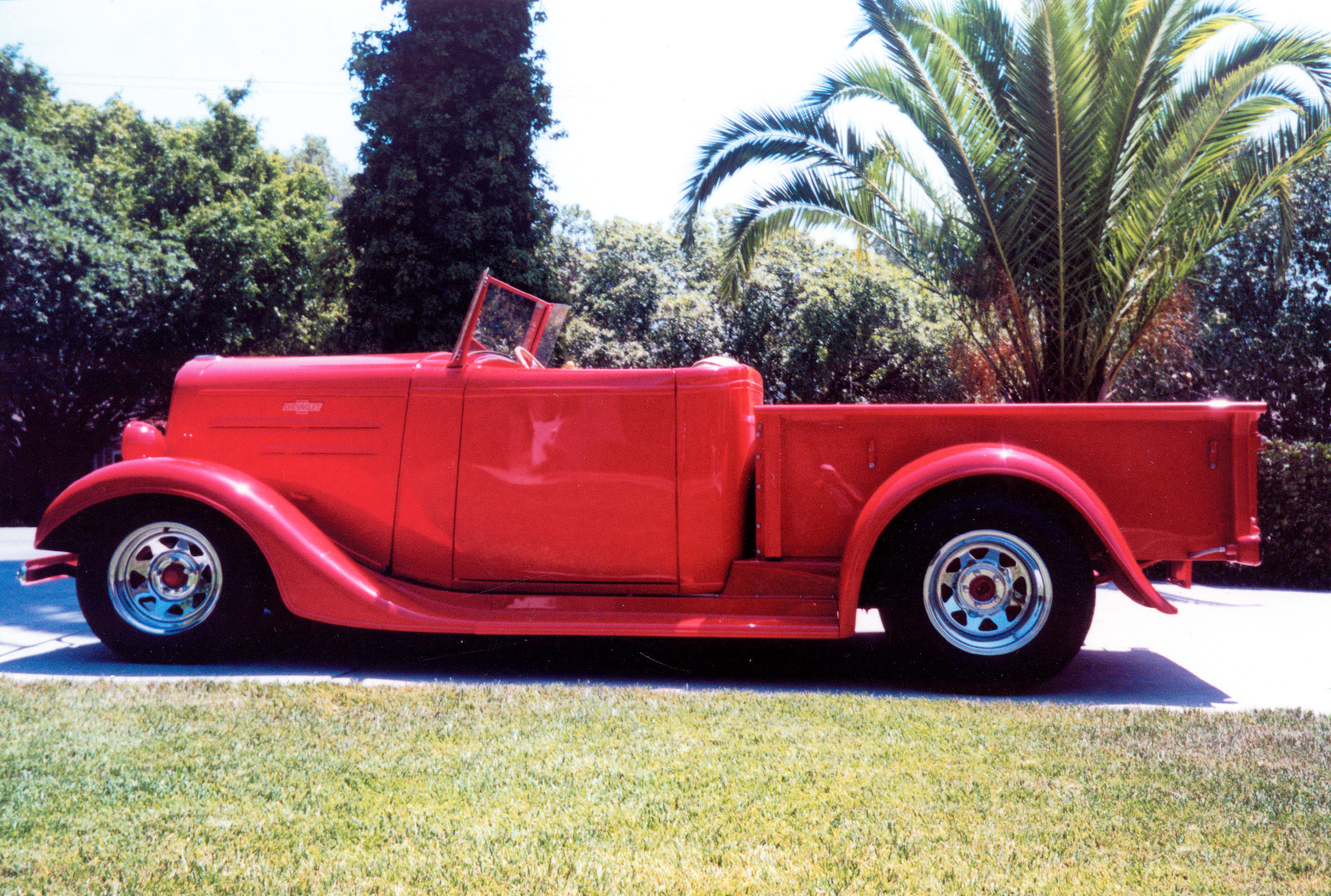
Let’s face it, most of us are working within the confines of a set of unwritten, yet clearly defined, rules of hot rodding. Stance, engine choice and wheels are for the most part selected from a menu of items that come “pre-approved” by our peers. Sure these rules work most of the time, and they provide a degree of certain acceptance when you’re building a traditional pre-’49 hot rod. But all in all, it also makes us a group of conforming nonconformists. However, for some hot rodders (and they are in the minority) building hot rods is about pure ingenuity, a total lack of peer pressure and joy of mixing parts from various sources and making it all work.
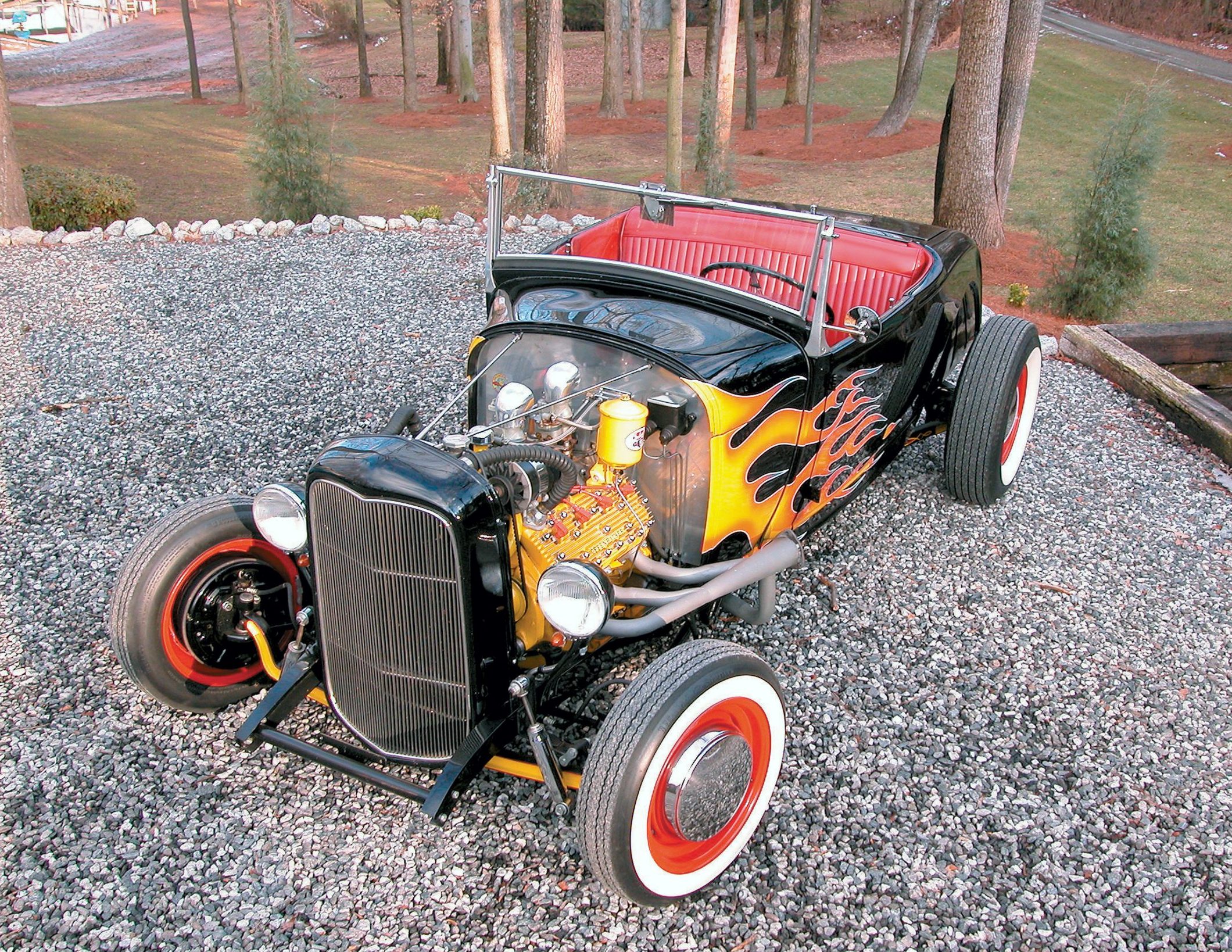
Ryan Newman grew up with a steering wheel in his hands. From the age of five, he has been behind the wheel of a racecar. Now, almost 20 years later, Ryan drives for Penske Racing South on the NASCAR Nextel Cup Series. In 2003, Ryan won eight races, 11 poles and was named Speed Channel’s Driver of the Year. In 2004, he will be driving a Dodge sponsored by primary sponsor Alltel with associate sponsorship form Mobil 1 and Sony Electronics on 38 weekends.
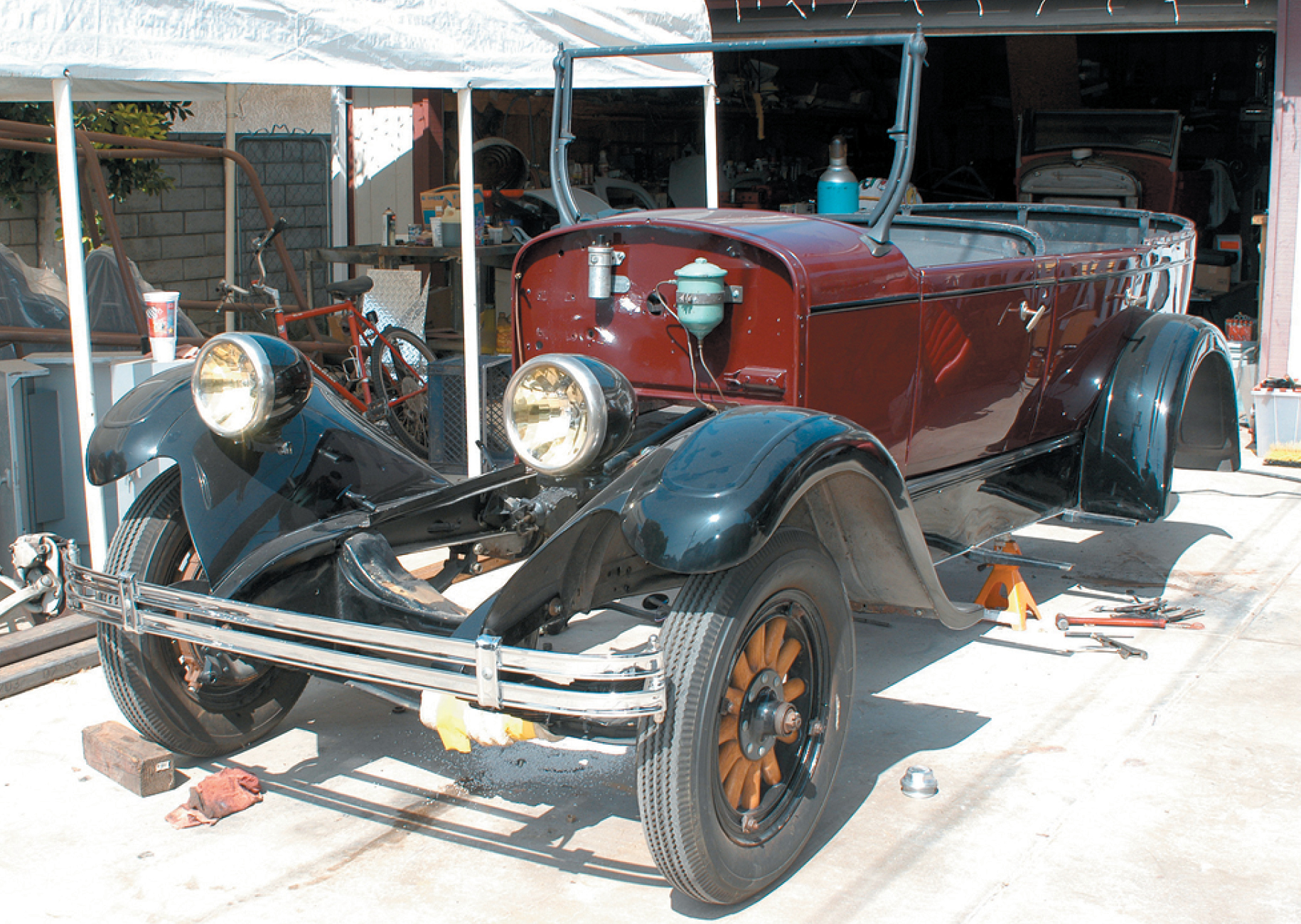
Tom Lawson was attending the Goodguys West Coast Nationals with his family and friends when a friend of his father-in-law, Bill, also a street rodder, walked up and started talking to everyone in the group.
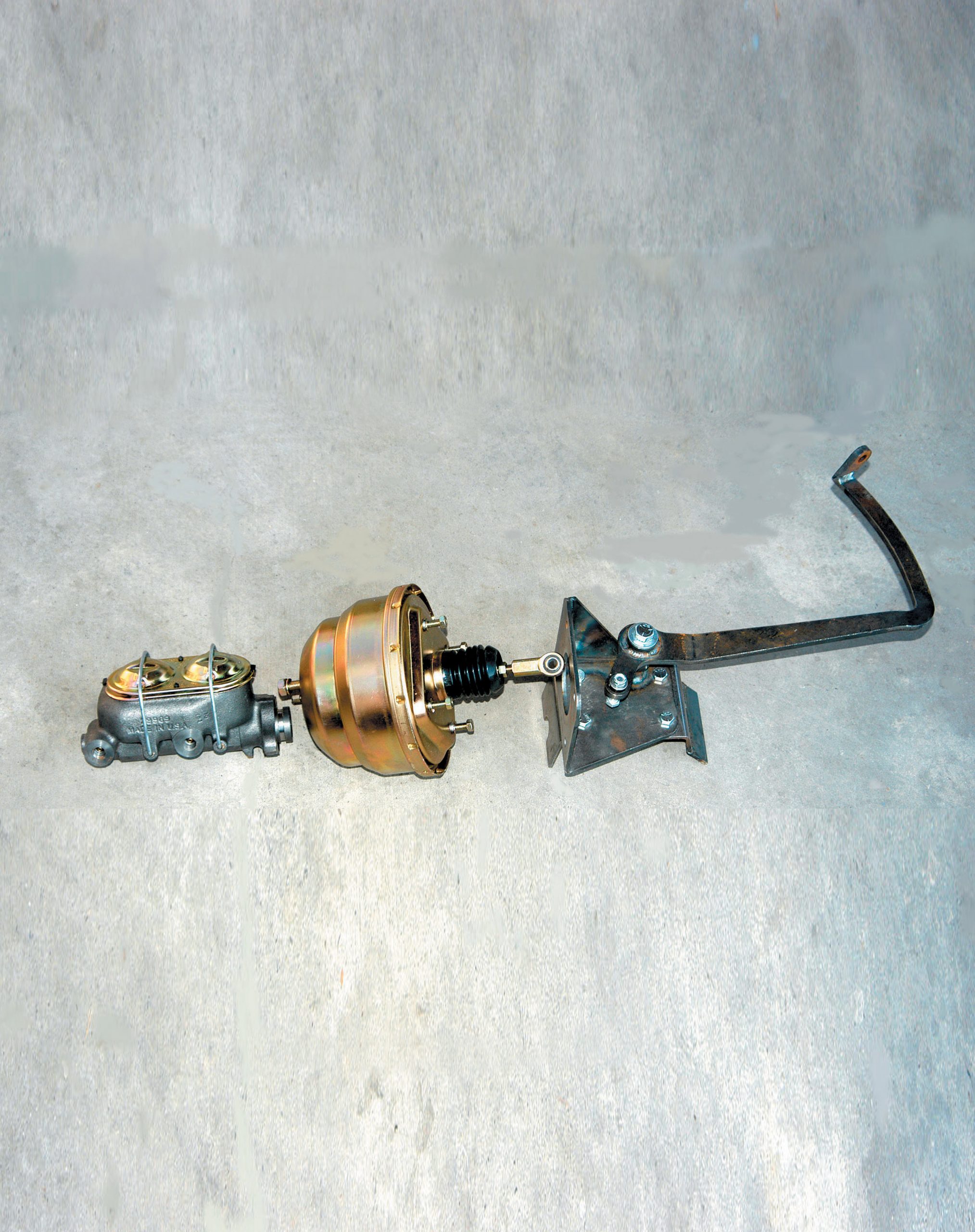
If you own a Ford or Chevy, most of the parts you will need to build a street rod are readily available, and from a variety of suppliers. We have written numerous stories about kits for these cars in our family of rodding magazines, and some of them were a direct replacement for the original. By and large, they worked perfectly and bolted right in, as designed. These types of kits are convenient for many street rod builders, as well as street rod shops, and they are part of what has helped grow our hobby into such a broad special-interest group. But in addition to the “normal” and most popular rods, there were many other great cars made in the pre-war era, and some of them can be a real challenge to street rodders because there are no pre-manufactured parts, and no kits that make them easy to build. Sounds like the old days, right? Well, that’s the modern world for you–even our hobbies have become targets of convenience.
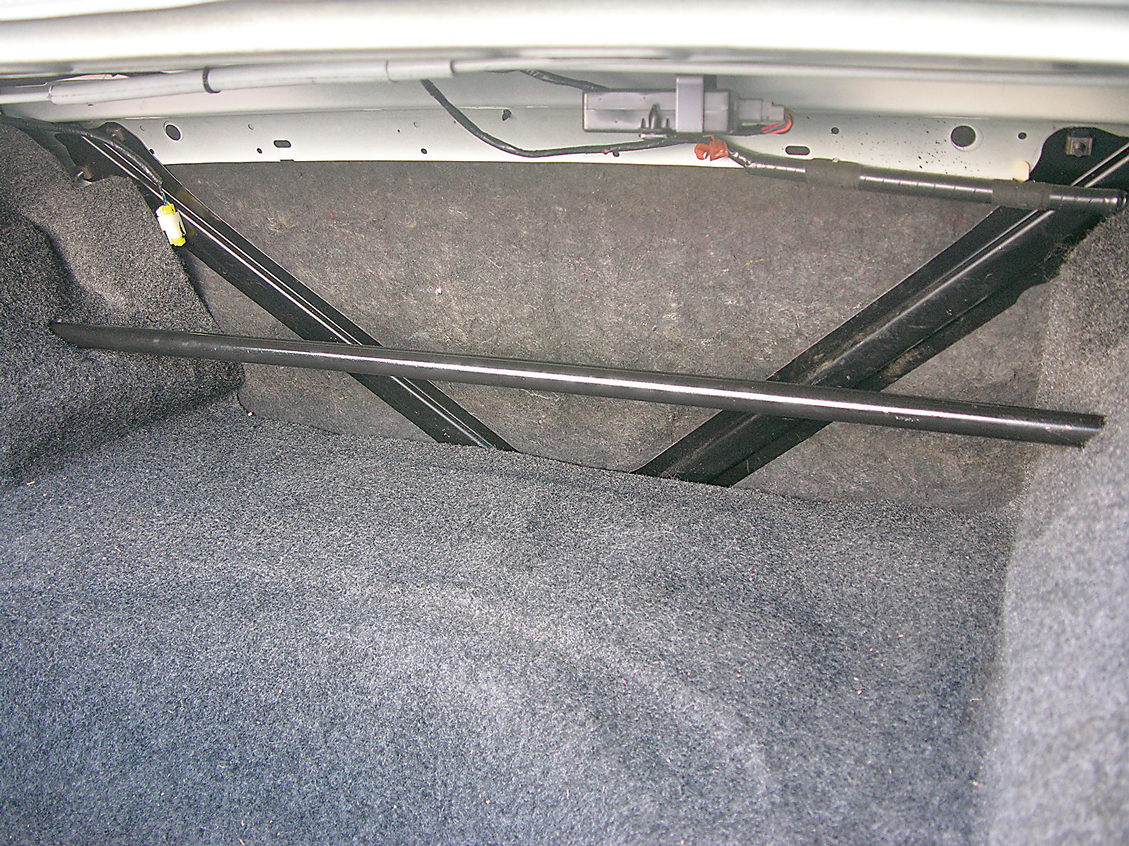
Even more than 40 years ago, Ford understood the importance of preventing body flex in order to allow a suspension to maintain proper geometry. The earliest Mustangs came with front shock tower braces to prevent uncontrollable suspension articulation, caused when both upper ends of the shock towers flex inward. The need to prevent such flex is still important today, and the principle applies to the rear shock towers as well as to the fronts.




